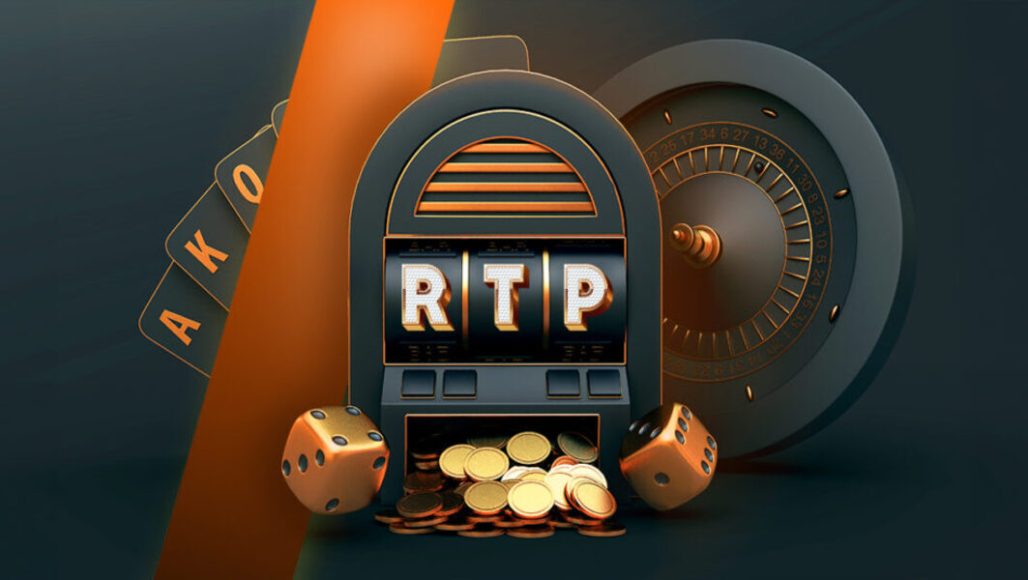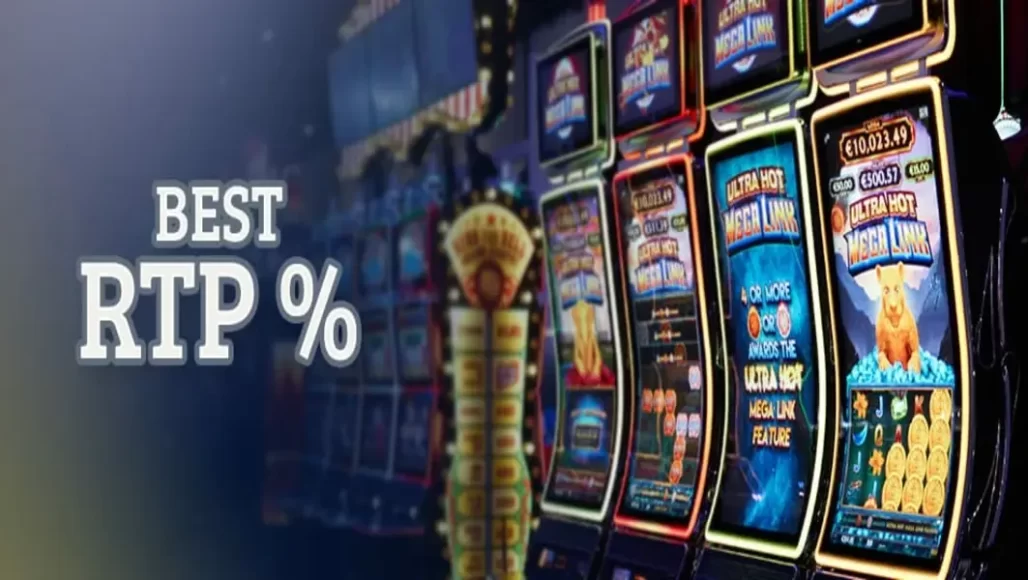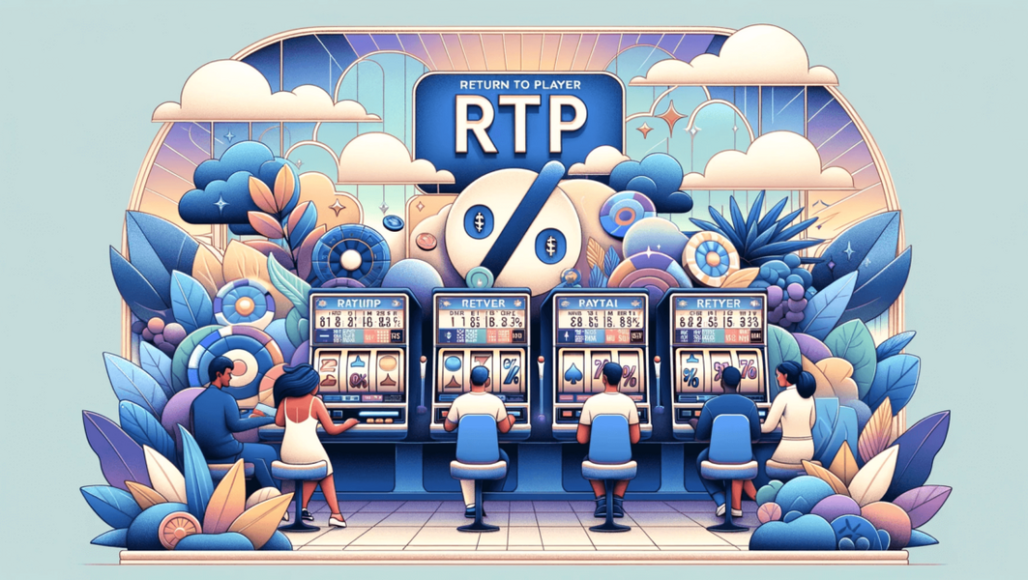RTP Meaning Gambling: What It Is and Why It Matters

If you’ve ever played a slot machine or any casino game, you’ve probably come across the term RTP. But what exactly is RTP meaning gambling? RTP, which stands for “Return to Player,” is a crucial concept that all players—both novice and experienced—should understand before hitting the casino floor or launching into online slots. Knowing how RTP works can significantly influence your gaming experience, helping you make informed decisions about which games offer the best value and which ones might leave you out of pocket.
RTP Meaning in Gambling
In simple terms, RTP meaning gambling refers to the percentage of all wagered money a slot machine or casino game will theoretically pay back to players over time. If a game has an RTP of 95%, this means that, over an extended period, for every $100 wagered, the game will pay back $95 on average. Keep in mind that this figure is theoretical—it’s based on long-term results across thousands or even millions of spins or hands.
Popular games like Monopoly Lunar New Year or Wheel of Fortune Winning Words each have their own RTP rates, which provide insight into how much you can expect to win over time. However, this brings up an important point: RTP does not guarantee individual outcomes. You might win or lose much more than the stated RTP in a single session, but over a large enough sample size, the numbers will generally align with the game’s RTP percentage.
RTP in Slots

RTP is most commonly discussed in the context of slots, both online and in land-based casinos. Casino RTP rates for slot machines typically range from 85% to 98%, depending on the game. Some of the most popular online slots boast RTPs as high as 96% or 97%, which can be attractive to players looking for better odds. However, it’s important to note that not all slots are created equal, and RTP is just one factor to consider when choosing a game.
For instance, slots with higher RTPs are generally less volatile. This means that while you might not hit massive jackpots, you’ll likely experience more frequent smaller wins. On the other hand, slots with lower RTPs often come with higher volatility, meaning they pay out less frequently, but when they do, the payouts can be significant.
Key Takeaways About RTP in Slots:
- The RTP meaning gambling typically ranges between 85% and 98% for most slot machines.
- High-RTP slots like White Buffalo often come with low volatility—frequent, smaller wins.
- Low-RTP slots tend to offer high volatility—less frequent but bigger wins.
What is a Good RTP for Slots?

So, what should you look for when it comes to RTP in slots? A good rule of thumb is to aim for games with an RTP of at least 95%. Anything below that, and you’re entering the territory of higher house edges, which increases the casino’s advantage. The higher the RTP, the more favorable the game is for players. This doesn’t mean you’ll automatically win more, but you’re giving yourself a better chance to walk away with some returns.
What is a Good RTP for Slots? Breakdown:
- Above 96%: Considered excellent. These slots offer a decent chance of returns, even if it takes some time to hit a win.
- 95-96%: Considered good, and generally a sweet spot for many popular online slots.
- Below 95%: Below average. These slots offer less favorable odds, so only play if the game’s features or theme particularly appeal to you.
The Impact of RTP on Your Gameplay
While casino RTP is a critical piece of the puzzle, it’s not the only factor that affects your overall gaming experience. Volatility, bonus features, and personal play style all play important roles. Still, understanding RTP is one of the easiest ways to ensure that you’re choosing games with fair odds.
Let’s Break It Down in a List:
- RTP of the Game: The percentage that indicates how much of the money wagered will theoretically be returned to players.
- House Edge: This is the inverse of RTP. If a game has an RTP of 96%, the house edge is 4%.
- Volatility: Low-volatility games pay out smaller amounts more frequently. High-volatility games have fewer payouts but offer the potential for large wins.
- Session Variability: Despite a high RTP, short sessions may not reflect the long-term payout rates.
RTP and House Edge: Two Sides of the Same Coin
In most discussions around gambling, you’ll often hear casino RTP mentioned alongside the “house edge.” The two are directly related—RTP is what the players are expected to win back, while the house edge is the casino’s built-in profit margin. For example, if a slot has an RTP of 96%, this means the house edge is 4%, as the casino retains this percentage as profit over the long run.
The key takeaway here is that the higher the RTP, the lower the house edge. This is why you should always aim for games with the highest RTP possible to minimize the house’s advantage.
RTP is Not a Guarantee
It’s essential to remember that RTP in slots is based on long-term, collective results. This means that over the span of thousands or millions of spins, the game will pay out according to its RTP. However, individual results can vary wildly. You could play a game with a 98% RTP and lose every spin in a single session. Conversely, you might hit a big win on a slot with an 85% RTP. While RTP provides a good baseline for understanding your odds, it does not guarantee short-term outcomes.
Strategies for Choosing Games with High RTP

While it’s impossible to guarantee wins at a casino, knowing the RTP meaning gambling can help you make more informed choices. Here are some practical tips:
- Research the RTP: Always check the RTP of a slot before playing. Most online casinos will display this information either in the game description or paytable.
- Consider Volatility: Match the game’s volatility with your risk tolerance. If you prefer frequent, smaller wins, go for high-RTP, low-volatility slots. If you’re willing to take a risk for a big payout, opt for lower-RTP, high-volatility games.
- Look for Promotions: Even high-RTP games can be costly over time. Take advantage of free spins, deposit bonuses, and other promotions to extend your playtime and maximize your chances of winning.
- Play for Fun: Remember, gambling should always be for entertainment. While RTP gives you a better understanding of your odds, the outcome is never guaranteed.
Final Thoughts on RTP in Gambling
Understanding RTP meaning gambling can help you make smarter choices when playing slots and other casino games. While it’s not a foolproof way to guarantee wins, it offers valuable insights into the odds you’re facing. In general, aim for games with an RTP of 95% or higher, but remember that even high-RTP games come with risk. Balancing RTP with factors like volatility and gameplay features will help you choose the right game for your personal play style.
If you’re serious about maximizing your chances of a win, it’s crucial to consider what is a good RTP for slots before diving into any game. Whether you prefer the frequent, smaller payouts of high-RTP games or the adrenaline of a high-volatility, low-RTP slot, knowing how RTP works is key to optimizing your gaming strategy.
FAQ
RTP, or Return to Player, is a percentage that indicates how much of the total money wagered on a game (such as slots) will be paid back to players over time. For example, an RTP of 96% means that, on average, for every $100 wagered, $96 will be returned to players in winnings, while the remaining $4 represents the casino’s profit (house edge).
RTP is calculated based on a large number of game rounds, usually in the thousands or millions. The game’s total payout is divided by the total amount wagered during this period, resulting in the RTP percentage. This figure is theoretical, reflecting long-term play rather than individual sessions.
A good RTP for slots is generally considered to be 95% or higher. Slots with RTPs of 96% or more are often deemed favorable for players, offering relatively better odds over the long run. However, the best RTP doesn’t guarantee wins in short-term play.
Not necessarily. A higher RTP indicates that the game has a lower house edge, meaning it returns more money to players over time. However, this doesn’t guarantee short-term success. Individual gaming sessions can result in more or less than the stated RTP.
RTP refers to the percentage of wagers that will be paid back over time, while volatility measures the frequency and size of payouts. High-volatility slots tend to pay out larger amounts but less frequently, while low-volatility slots offer smaller, more frequent payouts.
No, RTP varies depending on the type of game. Slots, table games, and other casino games each have different RTP ranges. For example, slot machines typically have RTPs between 85% and 98%, while table games like blackjack often have much higher RTPs (closer to 99%).
Most online casinos display the RTP information in the game’s paytable or description. For land-based casinos, the RTP is usually not posted on the machines, but it can often be found in the game’s design specifications from the manufacturer.
No, the RTP of a game remains constant as it is pre-determined by the game’s design and algorithms. However, individual payouts will fluctuate in the short term due to randomness and volatility, even though the RTP stays the same over the long run.
Reputable online and land-based casinos are regulated by gaming authorities that ensure fair play and prevent tampering with RTP. While casinos select the games they offer, the RTP of those games is set by the game developers and regulated by independent auditing firms.